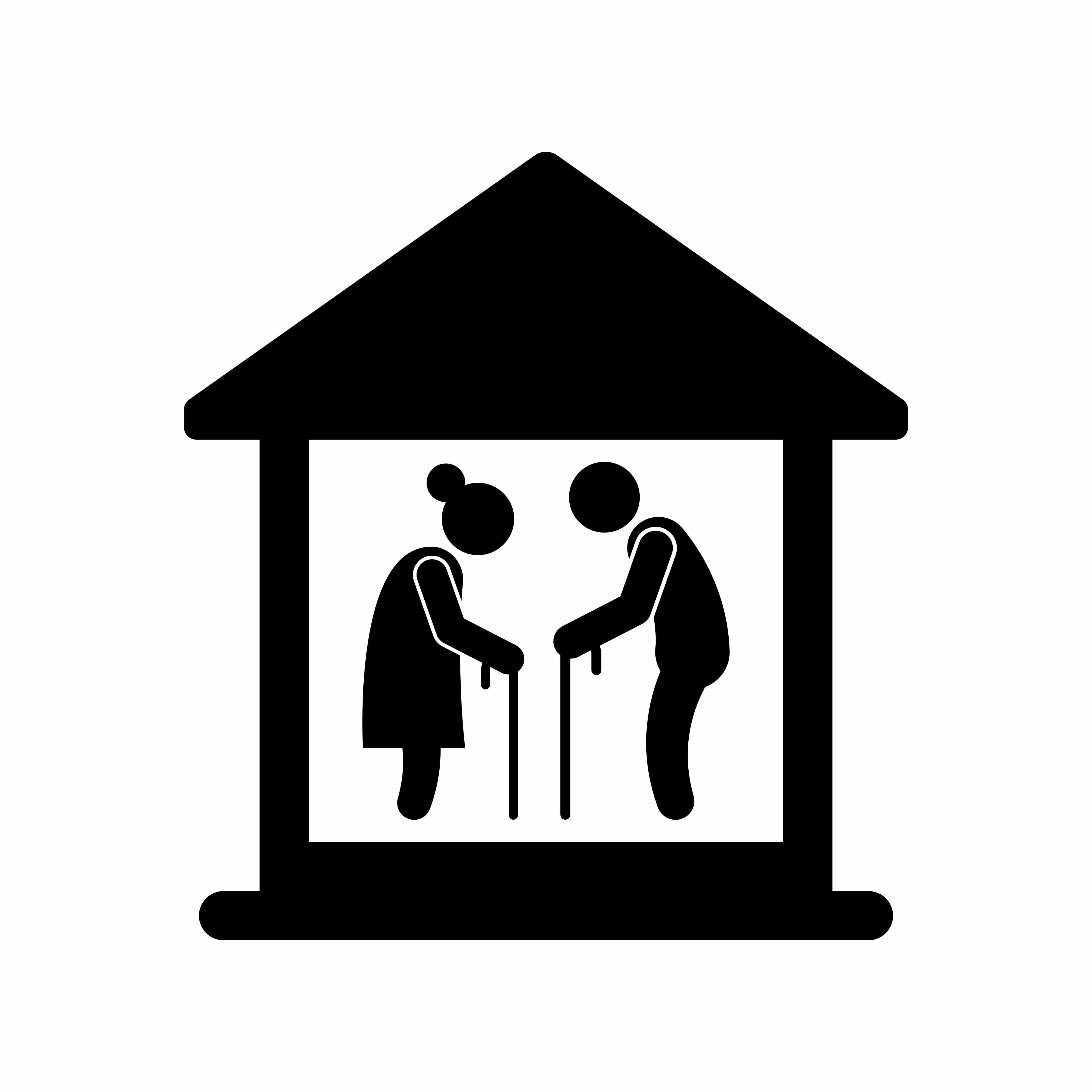‘excellent Fundamental Outlook’: Strong Occupancy, Noi, Cap Rate Expectations For Senior Living

The senior living industry is on the cusp of demographic-driven demand that could spur above average revenue growth through 2029.
That’s according to a recent report published by commercial real estate advisory firm Green Street.
The report forecasts that market revenue per available foot (RevPAF) will increase to around 5.5% through 2029 as accelerating demand contrasts with minimal supply of new units. This forecast is over 300 basis points higher than the senior living industry’s traditional average. Green Street also expects mid to high single-digit RevPAF growth in 2025 for the industry, boosted by an approximate 240 basis point increase in occupancy and an approximate growth of rental rates of 4% this year.
This growth will be fueled by a combination of increased occupancy and steady rental rate appreciation contrasted with limited available supply. This, the report says, positions senior living as a top-performing commercial real estate sector in the coming years.
Net operating income (NOI) growth is expected to range between an average of 11% and 12% over the next five years, which leads the real estate sectors tracked by Green Street. Operators have recently started putting more emphasis on NOI growth as occupancy gains remain steady and providers move out of recovery mode.
The average monthly independent living cost cited by Green Street is $3,800, with assisted living at $6,100 per month and memory care at $7,900 per month.
Occupancy, which Green Street says eclipsed pre-Covid-19 pandemic levels by the end of 2024, will continue to increase as the supply-demand imbalance widens and favors operators improving census of existing properties.
Mixed with favorable demographic-driven trends in demand as the 80 and older population increases, operators are expected to see steady occupancy gains toward the mid-90% range by 2029. This, in turn, improves the pricing power of operators and increases the long-term stability of the sector, the report noted.
“Greater stabilization across the industry and an excellent fundamental outlook drove increased investor interest towards the back half of the year, which should continue in ’25,” the report states.
Even as senior living asset values trailed other real estate sectors in the last 10 years, values of senior living properties have increased approximately 10% in the last 12 months and appear poised to improve, under the assumption that there are not significant changes in interest rates and access to credit, according to the report.
This puts private pay senior living capitalization rates as some of the “most attractive” across all sectors of real estate investment, the report notes.
With developers still mostly waiting on the sidelines to start new projects, given lack of access to capital and increased construction costs, the industry could expect to see an annual rate of new supply growth of only around 2% through 2028, according to the report. While new supply is needed, the slow rate of new communities being built could allow operators to increase rents and report strong census figures.
For the last three years, assisted living outperformed independent living but the margin is shrinking, Green Street analysts note.
“The margin is likely to narrow further in the near term as IL has more occupancy recovery left relative to AL,” the report states.
The positive indicators come as the senior living staffing environment has also “improved meaningfully in 2024,” the report notes, as the industry moved past pre-pandemic levels and wage growth decelerated from a previously steep pace in recent years.
Costs associated with staffing have dropped significantly since peaking in 2022, the report says, mainly due to the reduced need for agency staffing. Still, labor costs remain above historical levels. For example, expenses in 2024 were 200 basis points higher than the average between 2013 and 2021 due to “the acute shortage” of health care workers.
Long-term, the industry could face shortages of workers, and potential immigration reform by the administration of President Donald Trump also “poses a risk to an already challenged labor backdrop.”
“Green Street expects to see a modest acceleration in expense per occupied room growth over the next few years,” the report said.
The post ‘Excellent Fundamental Outlook’: Strong Occupancy, NOI, Cap Rate Expectations for Senior Living appeared first on Senior Housing News.

